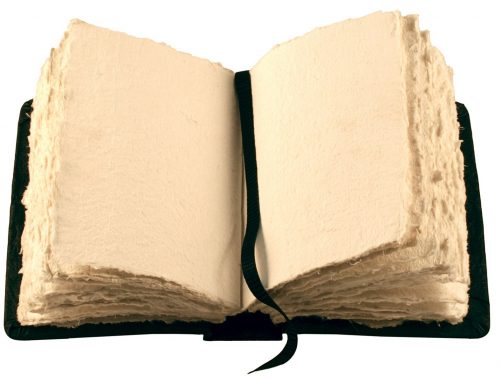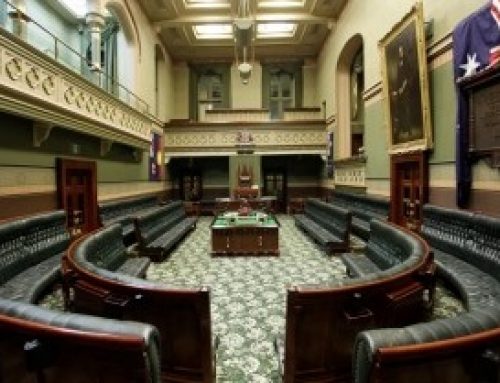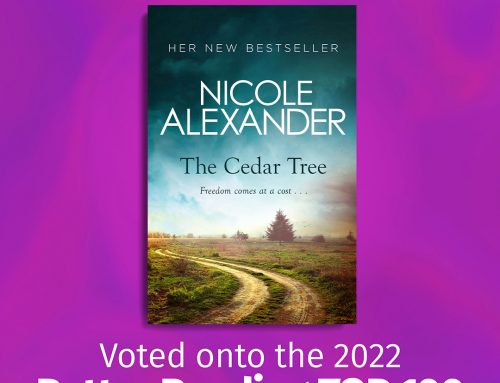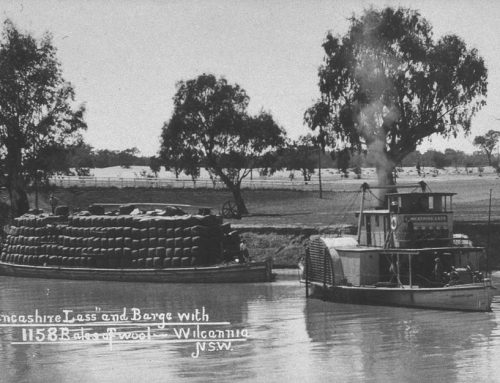When I began thinking about my new novel, The Great Plains, I was mindful of my own rural background and as with my previous works I wanted to be able to draw on rural Australia and our fascinating history. My aim was to write an epic narrative that told the story of two lands, two frontier worlds, Australia and America and the people both settlers and indigenous who inhabited those countries. With that background in mind in plotting the novel I asked myself this initial question, what would it feel like to be displaced in the world? What would it be like to be lost to the world you were born into only to find that on being reunited with loved-ones that you truly didnt belong? You were in fact an outsider.
At the heart of The Great Plains is a tragedy. During the American Civil War, a confederate soldier, Joseph Wade gets caught in a skirmish and is killed, his young daughter, Philomena, abducted by the legendary Geronimo of the Apache Indians. This is Philomenas story, and also that of her descendants, strong-willed women, whose destinies are altered by fate and whose lives are hampered by the prejudices of society and the mixed-blood that runs in their veins. Its also the story of the powerful Wade family and the men who became obsessed with these women and the families, both in Australia and America struggling against adversity during periods of enormous change.
The Great Plains is partially set in Oklahoma and the title refers to both area and landscape in both America and outback Australia (above pic – Condamine River). In America the Great Plains (pic below) are a broad expanse of mainly flat semi-arid land, much of it covered by grassland, that extends through ten US states, including part of western Oklahoma. In the Australian section of the novel, the term refers to a similar environment, an open area of great size, but compared to Americas great plains which can be naturally devoid of trees, Australias plains country can include dense scrub and thick timber. Delving into the American West was both mesmerizing and daunting. And a book such as this means… a road trip!
 My mum and I flew to the states for a whirl-wind two week trip last July 2013. We headed first to Dallas, Texas where the story begins and then onto Oklahoma where we hired a car and drove west and then northeast. Most tourists both domestic and international drive straight through Oklahoma City on route 66 heading from coast to coast, but it really is a fascinating place to visit. And okies arent used to having many overseas visitors especially ones from Australia. The further west we journeyed the more intrigued people were at how far wed travelled, its lovely to meet you, theyd comment, but why are you here? They were very surprised and pleased when we explained why.
My mum and I flew to the states for a whirl-wind two week trip last July 2013. We headed first to Dallas, Texas where the story begins and then onto Oklahoma where we hired a car and drove west and then northeast. Most tourists both domestic and international drive straight through Oklahoma City on route 66 heading from coast to coast, but it really is a fascinating place to visit. And okies arent used to having many overseas visitors especially ones from Australia. The further west we journeyed the more intrigued people were at how far wed travelled, its lovely to meet you, theyd comment, but why are you here? They were very surprised and pleased when we explained why.
The state of Oklahoma was originally known as Indian Territory and from the 1830s on the area was divided up into numerous reservations for the many Native American tribes. The rush for arable land by settlers, much like the colonisation of Australia, gradually pushed Native American Indians from a state of living in harmony with the land, into frontier war and then forced relocation onto these reservations, reservations which were substantially reduced in size as settlement increased. The great land rushes in the mid-west when settlers lined up wagons, horses and on foot and waited for the starting gun to fire so they could claim acreage, changed the face of the territory. It went from rolling grasslands and roaming buffalo to a state rich in agricultural lands and natural resources, such as oil and coal.
 So why did we travel to the states? Well you cant write about a place accurately if you havent seen it and Oklahoma has so much history, the Native Americans, the wild west, forts from the time of the American civil war as well as different geographical regions from desert, salt pan areas, mountains and great plains areas in the north and west through to the mountains and waterways of the East. Seeing the landscape and understanding how it has altered from the time of the Native American Indians through to the arrival of the frontier settlers of the 1890s was vital as the American section of The Great Plains spans the reconstruction period following the American Civil war through to the Dust bowl of the 1930s and then onto the depression in the Australian outback. And Oklahoma has changed. For example in the East of the state we learnt that President Roosevelt had constructed so many dams and lakes from the depression onwards, to stimulate the economy through work projects, that these initiatives actually increased the humidity of the state. So for the novel to be historically accurate I needed to ensure that my characters moved across a landscape that existed in their time.
So why did we travel to the states? Well you cant write about a place accurately if you havent seen it and Oklahoma has so much history, the Native Americans, the wild west, forts from the time of the American civil war as well as different geographical regions from desert, salt pan areas, mountains and great plains areas in the north and west through to the mountains and waterways of the East. Seeing the landscape and understanding how it has altered from the time of the Native American Indians through to the arrival of the frontier settlers of the 1890s was vital as the American section of The Great Plains spans the reconstruction period following the American Civil war through to the Dust bowl of the 1930s and then onto the depression in the Australian outback. And Oklahoma has changed. For example in the East of the state we learnt that President Roosevelt had constructed so many dams and lakes from the depression onwards, to stimulate the economy through work projects, that these initiatives actually increased the humidity of the state. So for the novel to be historically accurate I needed to ensure that my characters moved across a landscape that existed in their time.
 While the geography and flora of Oklahoma may differ slightly from a sheep station located near the Condamine River in Queensland which is the where the second part of the novel is set, there are many things that Oklahoma and QLD have in common, snakes and spiders for instance, droughts and floods, although fortunately devastating tornadoes dont ravage our lands.
While the geography and flora of Oklahoma may differ slightly from a sheep station located near the Condamine River in Queensland which is the where the second part of the novel is set, there are many things that Oklahoma and QLD have in common, snakes and spiders for instance, droughts and floods, although fortunately devastating tornadoes dont ravage our lands.
In The Great Plains the Wade familys acquisition of a large sheep station on the other side of the world in Queensland, leads the American characters to Australia. Here were introduced to remote sheep-station life in the 1930s to a time when stations were like small villages with separate quarters for men and women, houses for married couples, a school-house, a shop for station stores, a generator for electricity and numerous staff, an overseer, manager, head stockmen, boundary riders, ringers, and sundry other workers as well as household staff for the station homestead. Placing American characters in the harshness and the beauty of the Australian landscape, and having them interact with distinct Australian bush personalities allowed me to compare backgrounds and behaviour, but ultimately it also allowed me to tell a story of the countries that we may come from, of the lands that we love and the innate need we all have to belong.
There are some super reading group questions for The Great Plains here.








Leave A Comment